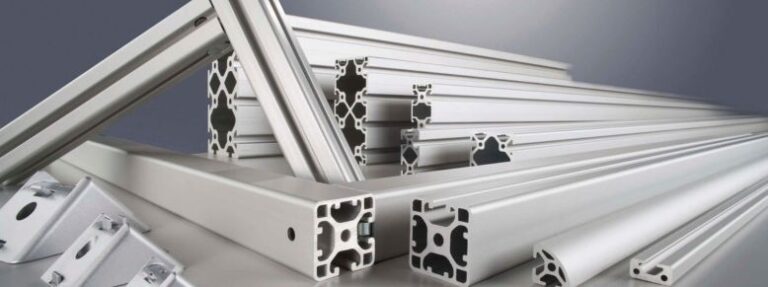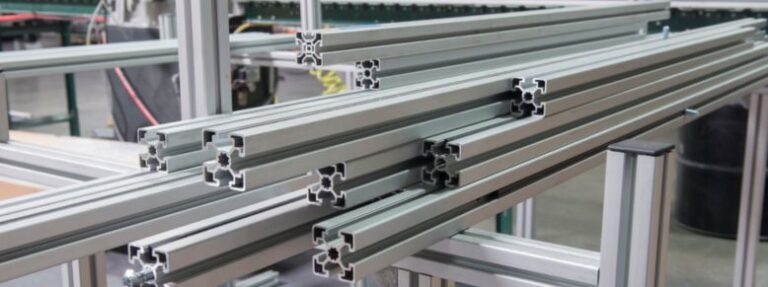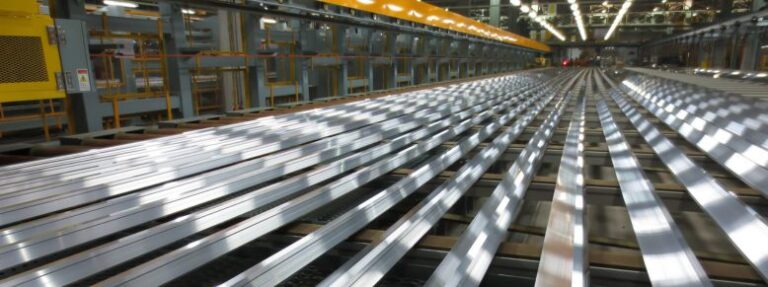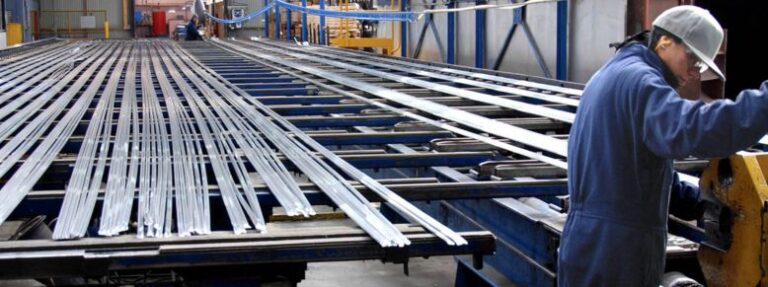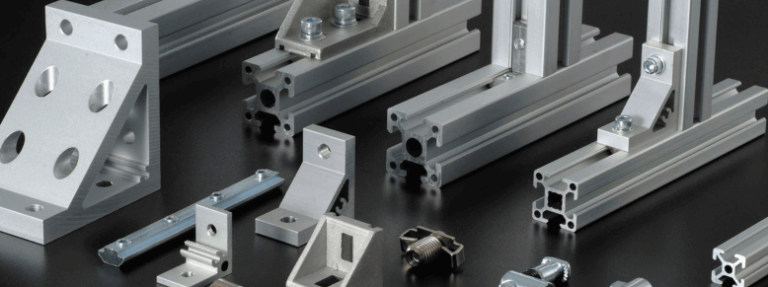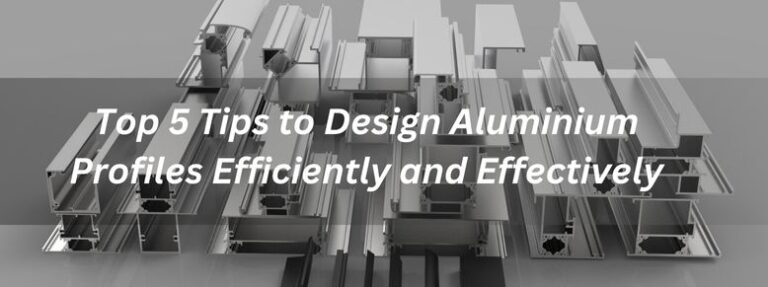It is a contemporary approach to covering the surface of several artifacts with several colours to embellish them and also to cover them in equal measure. A technique of putting dry powder paint on a surface alongside using heat acquires an outstanding, polished look. It is a process that is preferred for several applications, including automotive or even utensils, and there is so much that you can stand to gain from using powder coating. Well, as we mention in this article, there exist various Benefits of Powder Coating in terms of usage for commercial and residential areas.
Durability and longevity
Among the main advantages of using powder coating, one should mention the fact that it is usually very resistant. Powder coating produces tougher skin that is more durable than paint due to the process it goes through. It is immune to chipping, scratching, fading, and wearing, making it ideal for application on items that may be exposed to some strenuous conditions. Through the use of furniture that is placed outside the building, spare auto parts, and equipment that has been manufactured and taken to industries, all can be well protected and retain their initial look through this powder coating.
Environmental benefits
Powder coating is also considered friendly to the environment. In comparison to the wet paint that one can buy in a store and apply to the surface of the object with the help of a brush or a spray gun, powder coatings do not contain such pollutants as solvents and volatile organic compounds. It generates minimal waste; any paint that may have splattered or fallen can be gathered and recycled, thus minimizing waste material.
Cost-effectiveness
There are initial costs that are slightly higher than with traditional techniques of painting, but in the long run, powder coating is cheaper. If there is a need to paint, it is done a few times less due to the durability and the ability to last for an extended period. Additionally, since the powder coating process within this application is 100% efficient with little output waste, not to mention the fact that overspray can easily be recoated back to the substrate, there was a significant realization of cost savings.
Superior finish quality
Powder coating affords a smoother and higher-quality topcoat than paint in a way that is, in most cases, not easily achievable. Electrostatic application is more efficient than spraying liquids as it causes the powder to stick on the surface uniformly, thereby minimizing issues like drips, runs, and sags. In this way, consumers get a uniform and quite a glossy surface on the product, which makes it more appealing.
Efficiency and speed
As for the process concerns, the application is faster, and in terms of curing, it is highly accelerated. Nanotechnology on product surfaces subsequently implies that products can be coated and effectively put into use in a much shorter period. From the perspective of manufacturers, it helps to raise the rate of production and scale down the lead time, which will enhance their ability to meet customers’ requirements.
Enhanced corrosion resistance
The major goal of using various coats on metal surfaces is to prevent corrosion. Powder coating gives better surface coating protection than paint since it will not develop crust or bleed rust. The result of this is that the depth and uniformity provided by the powder method are made such that the pile coats the surface of the metal, providing a safeguard from moisture, chemicals, and the like.
Safety benefits
Furthermore, it has been established that in powder coating, there is no use of solvents or VOCs, hence it is safer for workers. It is impossible to breathe in dangerous gases, and the chances of a fire-related mishap are minimal since the compound used to create powder-coated products is not flammable. Furthermore, powder coating does not involve the use of liquids and, therefore, has no chance of putting toxic chemical substances into work that cause accidents or health complications in the workforce.
Aesthetic appeal
One more advantage, and this is very important, is that powder coating provides an aesthetic look. That is why the result can be quite diverse, ranging from shine to matte, those with a rough surface, and, finally, shiny metallic. This makes powder coating a good choice when the outside of a product needs to look as nice as possible, like consumer goods, decorative items, and more in construction, such as gates and lighting fixtures.
Ease of maintenance
This is because painted or powder-coated surfaces are quite easy to clean and, in the same way, quite easy to maintain. One of the advantages of such a coating is the non-porous surface; it does not capture dust and dirt compared to other coatings and is not susceptible to staining or chemical reactions. It must be noted here that cleaning is most often just a simple wiping with a wet cloth, which ensures that the surface of the product remains unblemished and does not spoil easily. The general low maintenance comes in handy with products that are frequently used or from areas that are often exposed to the elements.
Impact resistance
Powder-coated surfaces are not only more resistant to chipping and scratching but also have higher impact properties. This makes them ideal for areas where several people are accessing or handling the products in a given period. Such properties as the impact resistance of powder coating retain the surface and its appearance in conditions that are challenging for the coated items to decrease the wear and tear rate and increase their durability.
Conclusion
The advantages of powder coating are rather obvious and convincing. Hailing from its never-ending benefits such as durability, eco-friendliness, affordability, and flexibility, powder coating is one of the leading surface finishes in today’s market. They include its ability to give a perfect, elegant, and easily cleaned surface, which goes hand in hand with beauty. In particular, the application of the powder coating on railings not only allows the creation of durable structures that are protected from the negative impact of various weather conditions, but it also makes the appearance of the railings visually pleasing and their care easier in case they are used both indoors and outdoors.


